What Is Known About the Health Benefits of Kale Plant?
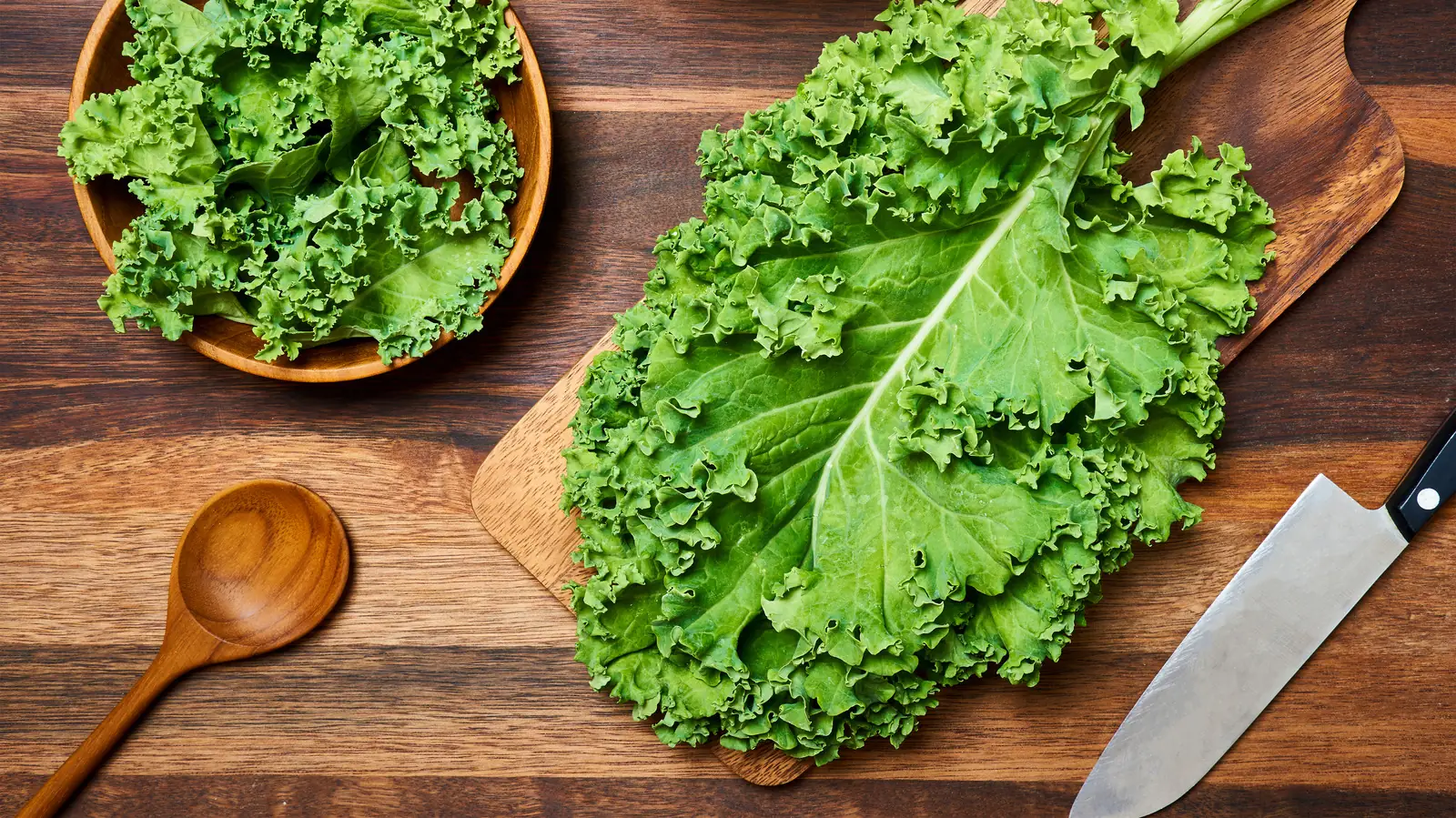
Sometimes also called leaf cabbage, kale is famous for its wide green crunchy leaves with a strong taste. What is known about the health benefits of kale? Are its stems edible? Should you eat leaf cabbage raw or boiled?
Read on and you will have the answers to all these and numerous other questions.
What Is Known About the Benefits of Eating Kale: Nutrition Profile
This vegetable is loaded with vitamins and dietary minerals: it is one of the better foods to have in your diet.
Vitamin Content
Leaf cabbage is extremely rich in vitamin C (ascorbic acid) which, among other things, is essential for the immune system, skin health, and iron absorption. There is a whopping 145% DV (daily value) of ascorbic acid per 100 grams (3.5 oz) of leaf cabbage. In fact, when it comes to vitamin C content, this vegetable easily beats such excellent ascorbic acid sources as kiwifruit, broccoli, lemons, and oranges.
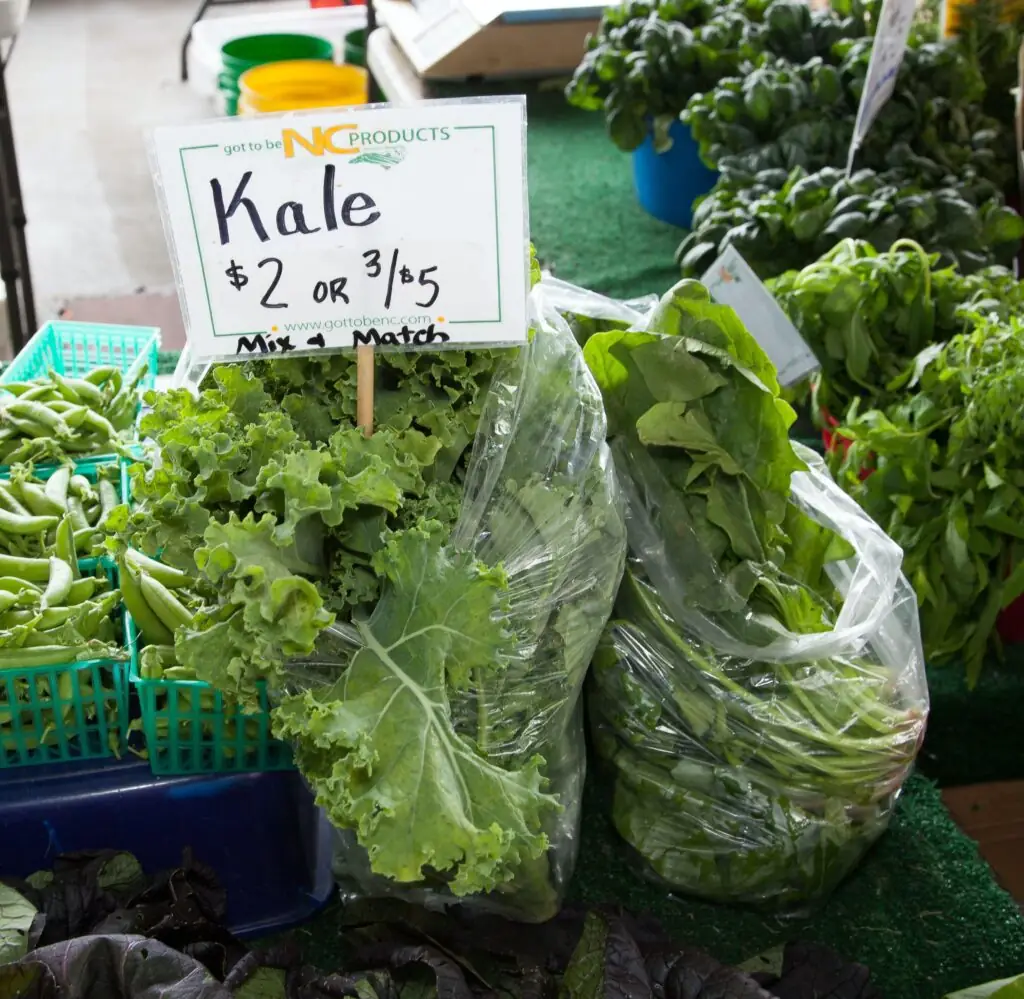
Kale also contains huge (371% DV per 100 grams) quantities of vitamin K that is required for both normal blood clotting and calcium absorption by the bones and other tissues. It is also a very good source of B vitamins — especially vitamins B5 (18% DV per 100 grams), B6 (21% DV), and B9 (folate, 35% DV). As folate is extremely important for the proper development of the fetus if you are planning to conceive, it is recommended that you include larger quantities of folate-rich foods like leaf cabbage in your diet.
What’s more, leaf cabbage is also a good source of antioxidant vitamins A (30% DV) and E (10% DV). It is, really, one of those rare vegetables that are rich in all kinds of vitamins, not just one or two of them.
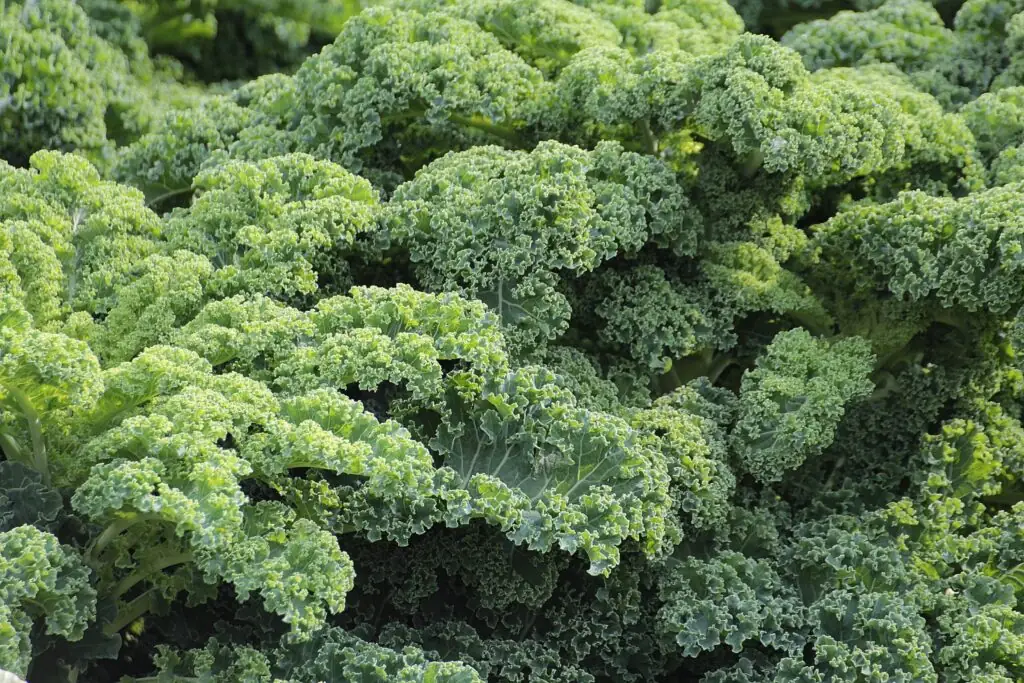
Dietary Minerals
Kale is an excellent source of manganese (required for protection against free radicals and bone formation). It is also a very good source of such dietary minerals as iron (essential for oxygen delivery to the cells), calcium (required for bone strength), magnesium (used by numerous enzymes and present in every cell), phosphorus (required for cell membranes), and potassium (can normalize blood pressure).
Protein, Sugar, and Dietary Fiber
Among other health benefits of leaf cabbage is that it is low in sugars and relatively (as for vegetables) rich in protein (4.3 g per 100 grams). What’s more, about 84% of its mass is water, and it contains noticeable quantities of dietary fiber.
There are three important reasons why you should include foods rich in dietary fiber in your diet:
- it promotes the growth of good bacteria that live in your gut which greatly helps your intestinal health;
- it cannot be broken down by the stomach and therefore makes you feel full while providing very few (if any) calories. If you don’t want to gain pounds or are actively trying to lose weight, dietary fiber is exactly what you need;
- a combination of water and dietary fiber makes your stool bulkier and heavier, which effectively prevents constipation.
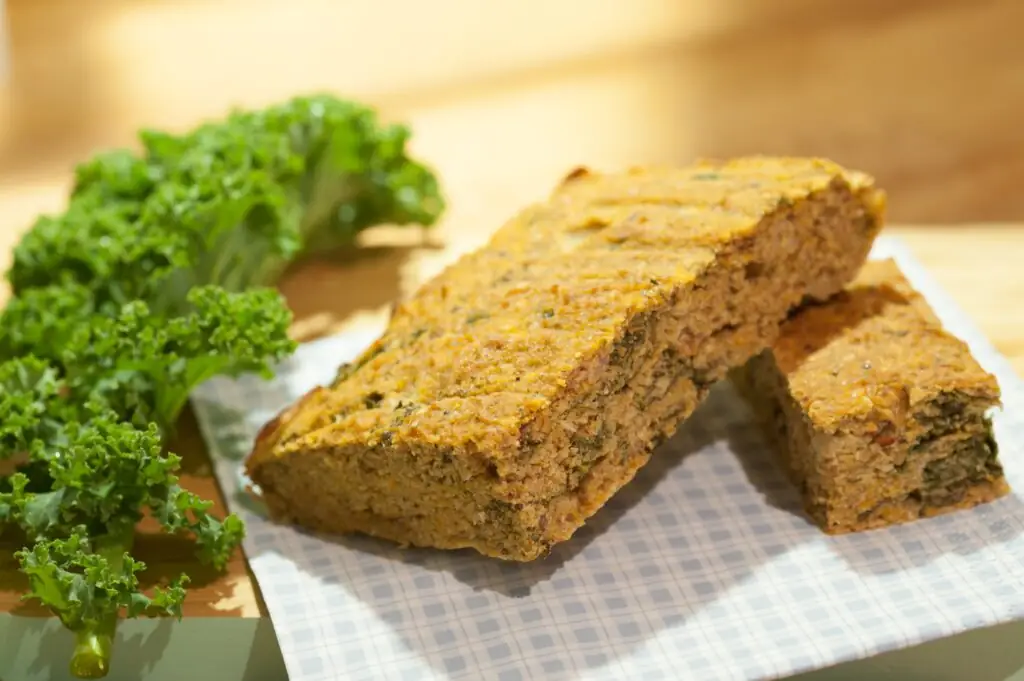
Bio-Active Compounds
In addition to vitamins and dietary minerals, leaf cabbage is also rich in numerous bioactive compounds.
Carotenoids
Such carotenoids as lutein and zeaxanthin can be found in leaf cabbage in copious amounts. Preliminary studies show that carotenoid compounds can be important for eye health, lower risks of heart disease, and even help improve symptoms of depression.
Sulforaphane Precursors
Just like its cousin broccoli, leaf cabbage is rich in the precursors of a bioactive organosulfur compound called sulforaphane. Preliminary test tube and animal studies demonstrate that sulforaphane can improve glucose intolerance, protect against cardiovascular disease, decrease the levels of fasting blood glucose, and even slow down cancer development.
Ferulic Acid
Leaf cabbage also contains ferulic acid, a compound that was traditionally used in Chinese medicine.
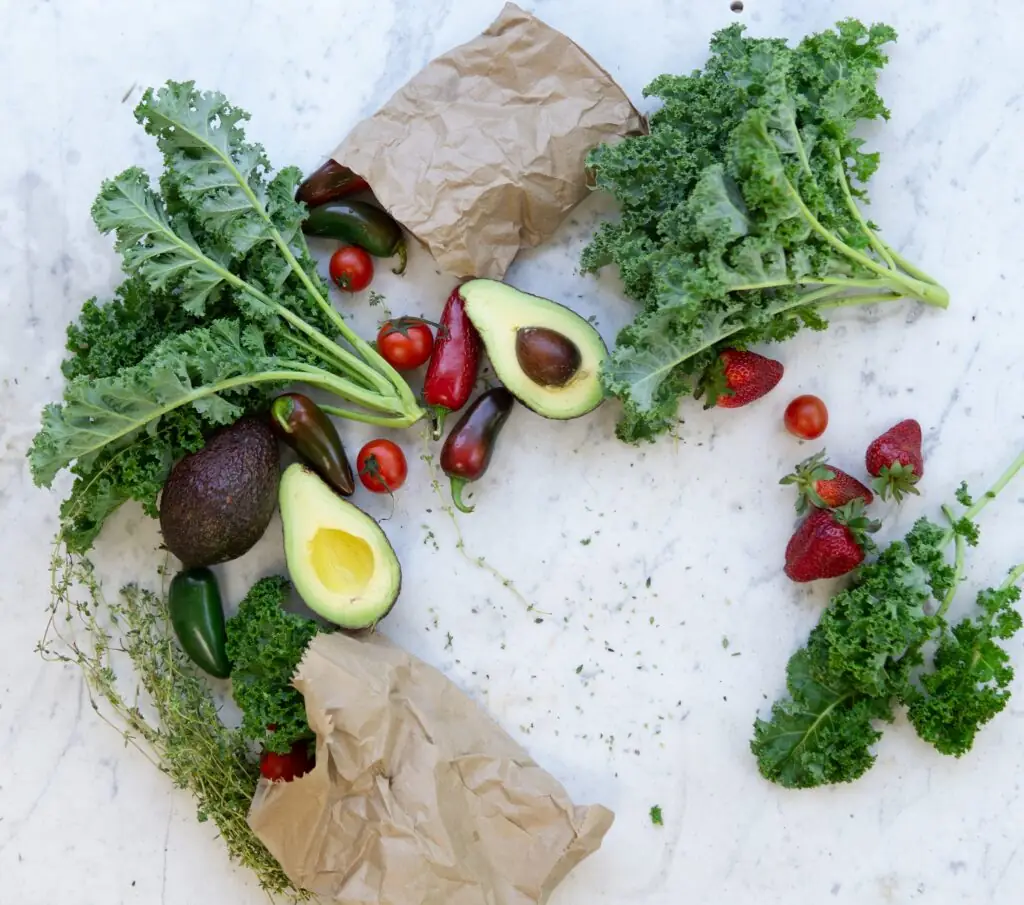
Low in Oxalic Acid
One of the greatest advantages of leaf cabbage compared to other vegetables is that it contains very low amounts of oxalic acid that contributes to the formation of kidney stones. The oxalic acid content of leaf cabbage is less than 0.02%, so even if you are prone to kidney stones, this vegetable can still be eaten in unlimited quantities.
What Health Benefits Does Kale Have: an FAQ
In this section you will find the answers to the most common questions about this unique vegetable.
How to Make My Kale Less Bitter?
The easiest way to get rid of the slightly bitter taste that puts many people off leaf cabbage is to massage (twist, crumple, and wring) the leaves and then cut them. By doing this you make the bitter compounds go out of the leaves. After you are done massaging and chopping the leaves, rinse them using running water to wash away most of the bitter compounds.
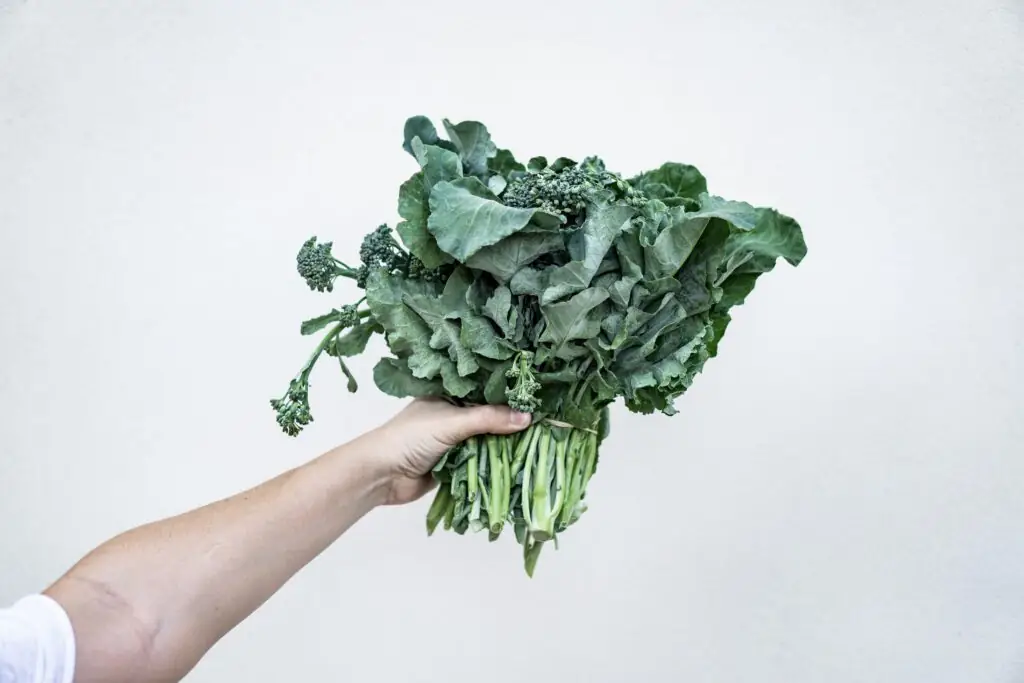
What Are the Health Benefits of Kale Salad?
When you boil (or stir fry) kale you lose huge quantities of vitamins and dietary minerals. Compared to cooked kale, raw leaf cabbage is three times as rich in vitamin C, nearly two times as rich in iron and more than ten times as rich in folate! While cooked kale is still a good source of all kinds of nutrients, it is raw-leaf cabbage that is really a superfood. So, the question, what is the healthiest way to eat kale, has a definite answer: use it for your salads and smoothies.
What Are the Health Benefits of Kale Smoothies?
While preparing a salad is something you can do very easily and very fast, making smoothies is even simpler: all you need to do is throw your fresh vegetables into your food processor. Smoothies are also a good choice if you are on the go: you can drink them down in a minute or less. Last but not least, the bioavailability of nutrients from smoothies is a bit higher, as all your vegetables are thoroughly puréed.
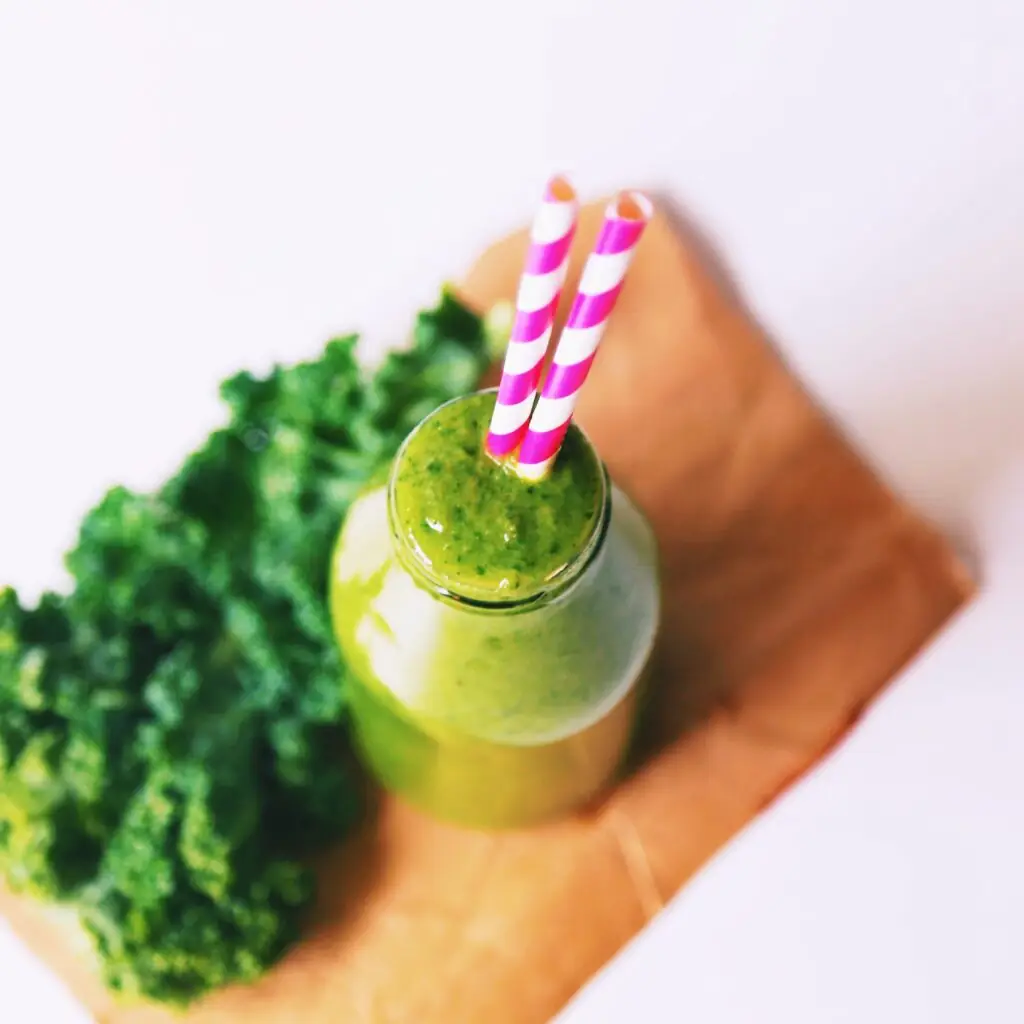
What Are the Health Benefits of Kale Leaves vs Stems?
While thick stems of the plant are perfectly edible and as rich in nutrients as more palatable leaves, they are harder to chew and noticeably more bitter compared to the leaves. To improve the taste and texture of the stems you might try dipping them in simmering water (blanching) or adding them to a pickling brine (you will need vinegar, salt, and sugar for it) for a few days.
The good news for the lovers of smoothies is that you don’t need to remove the stems before blending. Your food processor will easily crush the pulp of the stems and citrus fruits like oranges are a great way to make the bitterness almost unnoticeable.
What Are the Health Benefits of Kale vs Spinach?
Just like kale spinach is an excellent source of vitamins A and E, as well as B vitamins. While leaf cabbage contains more than four times as much vitamin C, spinach is still a good source of ascorbic acid. Spinach is in a league of its own when it comes to vitamin K content — it is even richer in it than kale. This overabundance can be too much of a good thing: if you are taking warfarin or a similar anticoagulant, both leaf cabbage and spinach can interfere with their action.
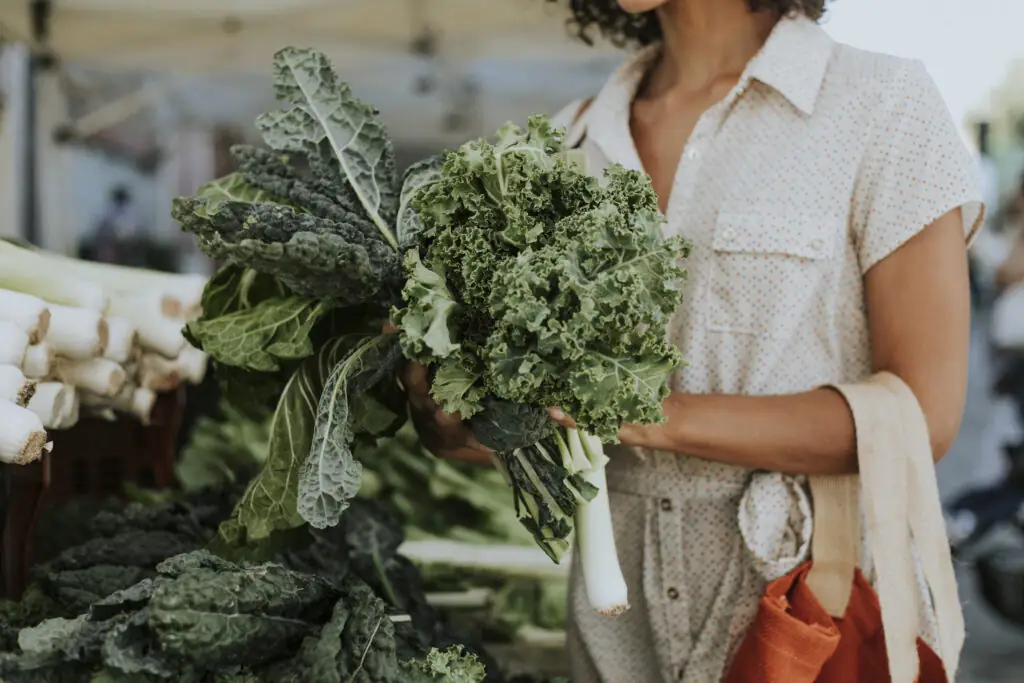
Spinach is markedly richer in iron and manganese compared to leaf cabbage, while when it comes to other dietary minerals there is rough parity. All in all, both vegetables fully deserve their ‘superfood’ label, and rather than prefer one to another, it is better to combine them in your meals to have a diet that is truly rich in all kinds of nutrients.
Last but not least, if you want to get the full health benefits of kale and spinach, a smoothie that features both these vegetables is an excellent choice. If you also add some avocado to the mix, you will have a real dream team in your glass!
What Are the Health Benefits of Kale Chips?
While kale chips contain significantly smaller quantities of vitamins and dietary minerals compared to raw leaf cabbage, they are still a very good — and considerably healthier — alternative to potato chips. To make your own chips you need to thoroughly rinse and then completely dry the leaves, thinly coat them with olive oil, and bake them in the oven (300°F or 150°C) for 12-15 minutes.
If you don’t have time for cooking, you can buy ready-made chips like these ones:
Organic Kale Chips by Rhythm Superfoods
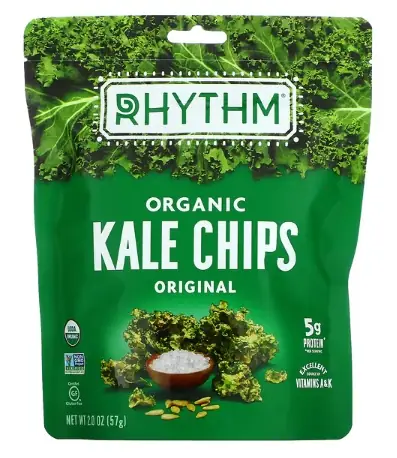
- 57 grams (2 oz)
- dehydrated under low heat to keep vitamins intact
- additionally include sunflower and ground sesame seeds, onion, cane sugar, vinegar, and lemon juice.
In a Nutshell, What Does Kale Do for the Body?
This remarkable vegetable:
- keeps you hydrated and helps you forget about constipation
- provides copious amounts of vitamins C and K
- is a very good source of all other vitamins including folate which is essential for pregnant women
- contains high amounts of manganese and is a good source of numerous other dietary minerals
- is low in sugars and relatively high in vegetable protein
- rich in precursors of sulforaphane, a potentially highly beneficial compound
- is very low in oxalic acid.
Now you know what is known about the health benefits of eating kale. Even the best vegetable in the world, though, needs to be a part of a balanced diet: make sure you eat all kinds of fruit and vegetables during the day.